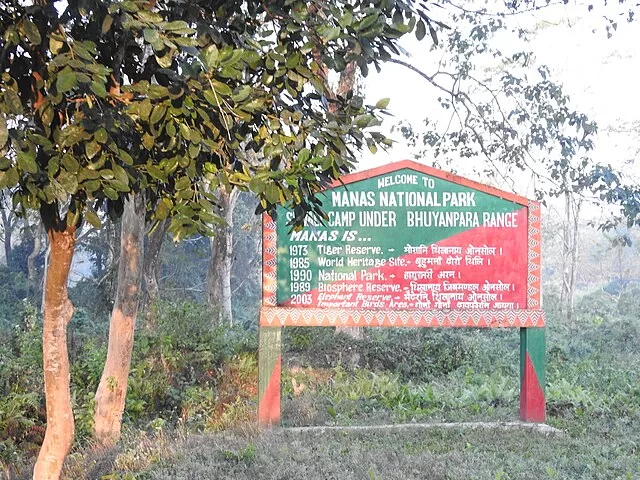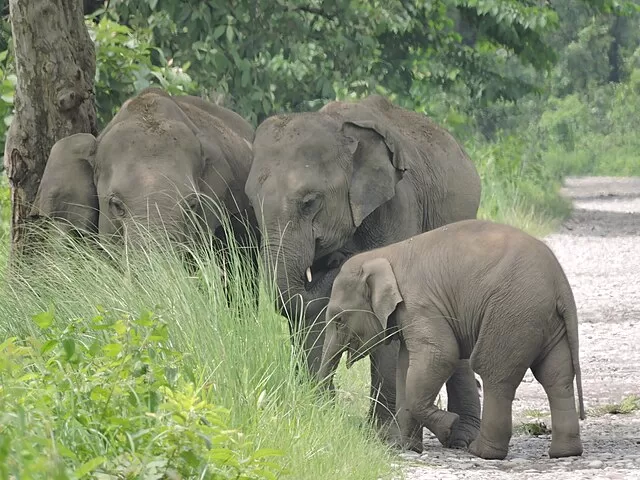Manas National Park, located in the northeastern state of Assam, India, is a biodiverse haven and a UNESCO World Heritage Site. Nestled in the foothills of the Himalayas, this sprawling protected area spans over 500 square kilometers and is renowned for its rich wildlife, stunning landscapes, and cultural significance. In this article, we will explore the wonders of Manas National Park, its diverse flora and fauna, conservation efforts, and the immersive experiences it offers to visitors.
Introduction to Manas National Park
Manas National Park, also known as Manas Wildlife Sanctuary, is situated at the foothills of the eastern Himalayas, spanning the districts of Baksa and Chirang in Assam. It was declared a sanctuary in 1928 and later elevated to a national park in 1990. The park derives its name from the mighty Manas River, which flows through its heart, enhancing its scenic beauty.
Biodiversity and Wildlife
Manas National Park boasts an extraordinary diversity of flora and fauna, making it a paradise for nature enthusiasts and wildlife lovers. The park is home to numerous endangered species, including the Royal Bengal Tiger, Indian Rhinoceros, Asian Elephant, Pygmy Hog, and the critically endangered Golden Langur. Additionally, Manas serves as a habitat for over 450 species of birds, making it a birdwatcher’s delight.
Flora and Fauna
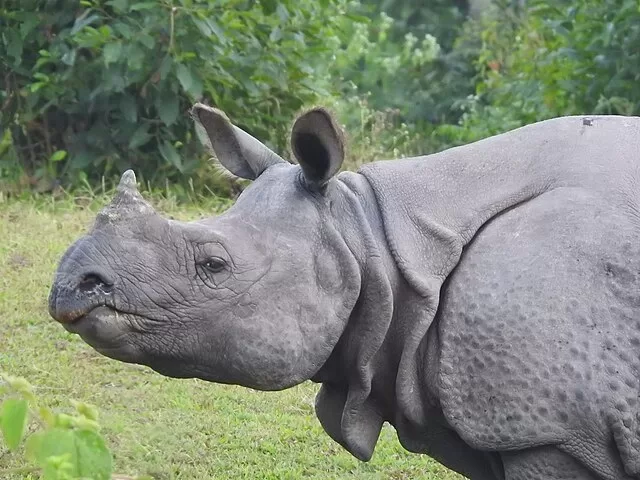
The park’s lush forests exhibit a remarkable range of vegetation, consisting of tropical evergreen forests, semi-evergreen forests, and grasslands. The dense foliage creates an ideal habitat for a wide variety of plant species, such as the towering Sal trees, bamboo groves, ferns, orchids, and medicinal plants. This vibrant ecosystem sustains an intricate web of life, supporting the diverse animal species found within the park.
Conservation Efforts
Manas National Park has faced several challenges over the years, including poaching, deforestation, and encroachment. However, concerted efforts by the government, wildlife conservation organizations, and local communities have led to significant strides in protecting and preserving this invaluable ecosystem. Conservation initiatives have focused on anti-poaching measures, habitat restoration, community engagement, and awareness programs to safeguard the park’s delicate balance.
Safari Experiences
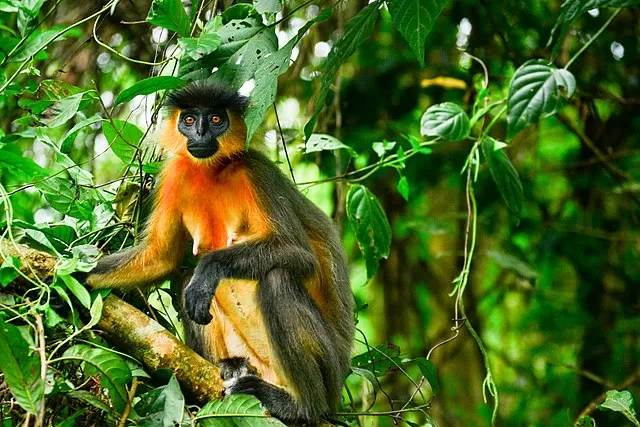
Visiting Manas National Park offers a thrilling safari experience that allows visitors to witness the park’s wildlife up close. Jeep safaris and elephant-back rides are popular ways to explore the park’s diverse terrain, traversing through grasslands, wetlands, and dense forests. Accompanied by experienced guides, these safaris offer the chance to spot tigers, rhinos, elephants, and an array of bird species in their natural habitat.
Local Communities and Cultural Significance
The region surrounding Manas National Park is inhabited by various indigenous communities, including the Bodo, Adivasi, and Nepali people. These communities have a deep connection with the park and its wildlife, maintaining a harmonious relationship with nature. Their unique cultures, traditions, and handicrafts add an enriching dimension to the overall experience of visiting Manas.
Best Time to Visit
The best time to visit Manas National Park is during the dry season, which spans from November to April. During this period, the park’s accessibility improves, and wildlife sightings are more frequent. The monsoon season, from May to October, brings heavy rainfall, which can hinder travel and wildlife observation activities.
Accommodation Options
Manas National Park offers a range of accommodation options to suit different preferences and budgets. From cozy forest rest houses and eco-lodges to luxury resorts, visitors can choose from various establishments located in close proximity to the park. These accommodations provide a comfortable retreat amidst nature, ensuring a memorable stay for travelers.
How to Reach Manas National Park
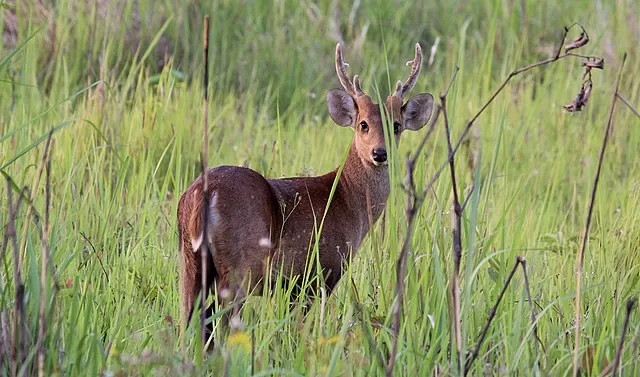
The nearest airport to Manas National Park is Lokpriya Gopinath Bordoloi International Airport in Guwahati, which is well-connected to major cities in India. From Guwahati, one can hire a private cab or take a bus to reach the park. The nearest railway station is Barpeta Road, approximately 22 kilometers away from the park’s main entrance.
Tips for Visitors
- Carry appropriate clothing and footwear suitable for jungle exploration.
- Follow the instructions of park authorities and guides for a safe and responsible experience.
- Avoid littering and respect the park’s pristine environment.
- Maintain silence and avoid excessive noise to enhance wildlife sighting opportunities.
- Capture memories through photography but ensure it doesn’t disturb the animals or their habitat.
FAQs
1. What is the best time to visit Manas National Park?
The ideal time to visit is between November and April, when the weather is pleasant, and animals are more active and visible. The park remains closed during the monsoon season (May to October) due to heavy rainfall and poor accessibility.
2. How do I reach Manas National Park?
You can reach Manas National Park by air via Guwahati Airport (about 180 km away), and then take a cab or bus. If you’re coming by train, Barpeta Road Railway Station is the nearest major railhead, around 40 km from the park.
3. What wildlife can I expect to see in Manas?
Manas is famous for its population of royal Bengal tigers, wild water buffaloes, Asian elephants, rhinoceroses, and rare species like the golden langur and red panda. It’s a paradise for bird watchers too!
4. Is it safe to go on a safari in Manas National Park?
Absolutely! Safaris are conducted by trained guides and experienced drivers. You’ll be in sturdy jeeps, and safety rules are strictly followed. Just remember not to provoke or feed the animals.
5. Do I need a permit to enter Manas National Park?
Yes, you need an entry permit, which you can get at the park’s entrance gate. If you’re booking a safari through a travel operator, they usually handle all the permits for you.

